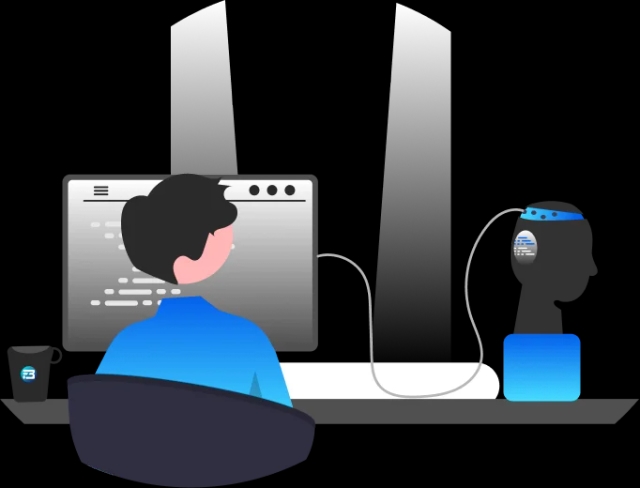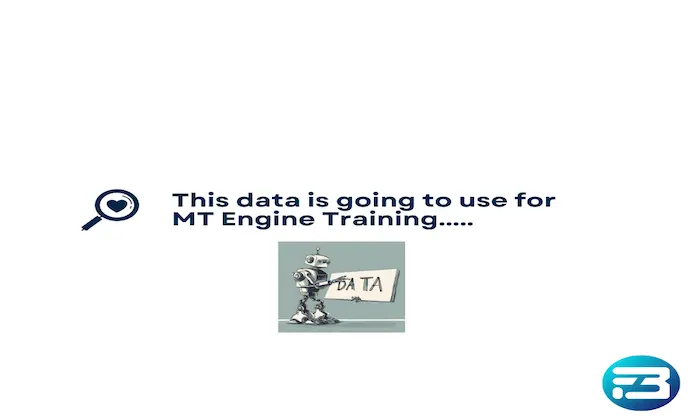How are annotators trained for call center speech labeling?
Data Labeling Quality
Annotation Guidelines
Dataset QA
High-quality call center speech datasets depend not only on advanced tools but also on well-trained annotators.
Training annotators systematically ensures:
- Labeling accuracy
- Consistency across data samples
- Compliance with project-specific guidelines
This ultimately improves AI model performance in production environments.
Why Annotator Training Matters
Call center speech labeling involves:
- Accurate transcription of varied accents, dialects, and speaking styles
- Speaker diarization to distinguish agent and customer turns
- Intent and sub-intent tagging for conversational AI training
- Sentiment and emotion labeling for analytics and monitoring models
- Named Entity Recognition (NER) for domain-specific terms, IDs, or product codes
- PII tagging and redaction for data privacy compliance
Untrained or partially trained annotators can introduce inconsistencies, leading to:
- Poor AI model generalization
- Increased QA rework costs
FutureBeeAI’s Annotator Training Process
At FutureBeeAI, we follow a structured and scalable framework for annotator training to ensure dataset excellence.
1. Project-Specific Orientation
Before annotation begins, all annotators undergo detailed onboarding covering:
- Project objectives and expected outcomes
- Dataset context: domain (e.g., telecom, banking), call types, and conversational goals
- Client-specific annotation guidelines and taxonomy definitions
2. Tool Training
Annotators are trained on our proprietary YUGO platform, covering:
- Navigation and interface functionalities
- Pre-annotation review and correction workflows
- Task submission processes and feedback mechanisms
This ensures confidence and efficiency when working with production-grade annotation pipelines.
3. Transcription Guidelines
Annotators receive linguistic training aligned with project needs, covering:
- Language-specific conventions (e.g., English-Hindi code-switching transcription norms)
- Consistent casing, punctuation, and formatting standards
- Handling hesitations, filler words, and disfluencies typical in call center conversations
4. Labeling Protocols
Specialized training is provided for:
- Intent tagging: Understanding conversation flows to classify call objectives and sub-intents accurately
- Sentiment labeling: Differentiating emotional nuances such as dissatisfaction, escalation, satisfaction, or neutral tones
- NER labeling: Identifying and annotating domain-specific entities like policy numbers, transaction IDs, or medical terms
5. PII Handling and Compliance Training
Data privacy is a central aspect of FutureBeeAI’s operations. Annotators are trained to:
- Identify personally identifiable information
- Apply correct redaction tags or anonymization protocols
- Adhere to GDPR, HIPAA, and DPDP compliance requirements in labeling workflows.
6. Quality Validation and Continuous Feedback
Annotator performance is monitored through:
- Initial test batches with feedback sessions
- Ongoing QA reviews by senior linguists and project leads
- Regular calibration meetings to ensure guideline alignment
- Retraining underperforming annotators to ensure consistent dataset quality
Conclusion
Annotator training for call center speech labeling is a multi-stage, continuous process covering:
- Project orientation
- Tool proficiency
- Linguistic conventions
- Domain labeling
- Compliance protocols
At FutureBeeAI, this structured approach ensures every dataset delivered is accurate, consistent, and ready for your AI models to perform optimally in real-world deployments.
What Else Do People Ask?
Related AI Articles
Browse Matching Datasets
Acquiring high-quality AI datasets has never been easier!!!
Get in touch with our AI data expert now!








